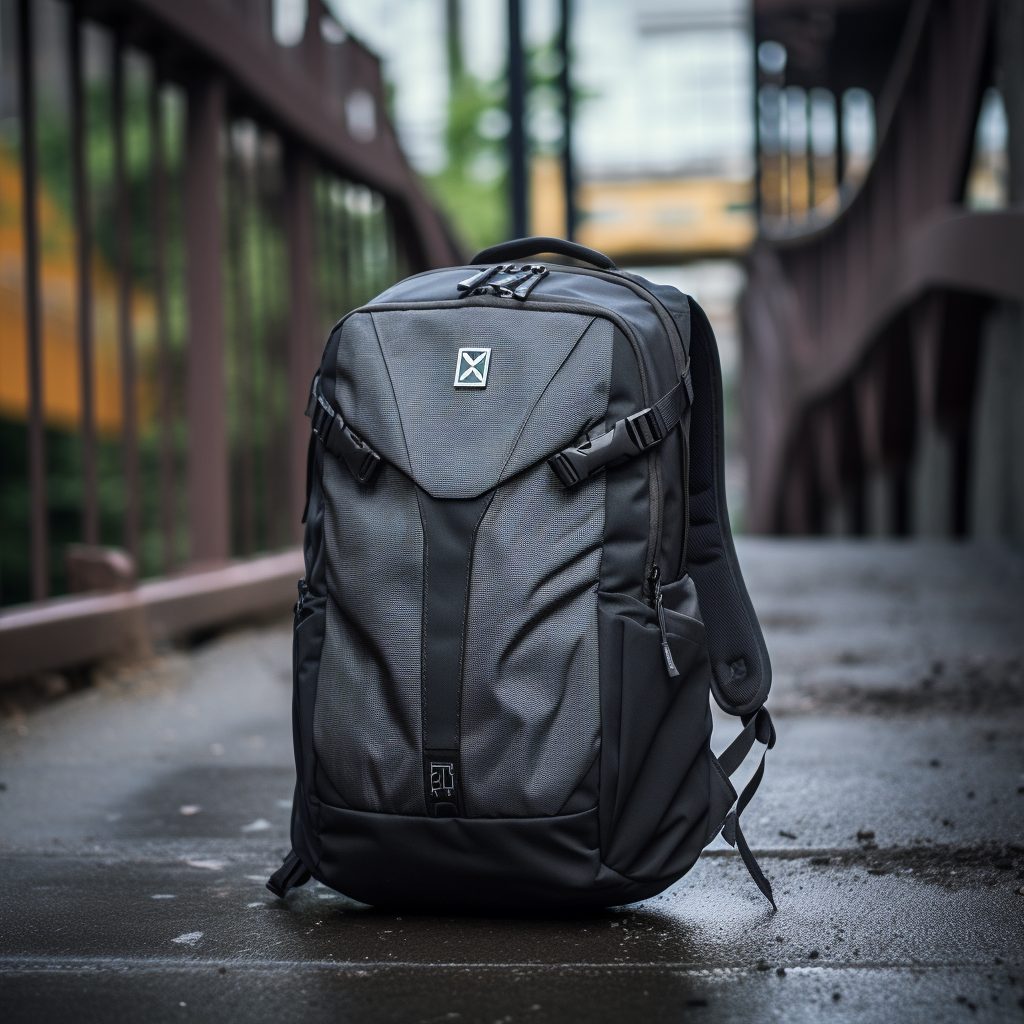In today’s competitive market, custom-branded bags have become a powerful tool for businesses to enhance brand visibility, promote sustainability, and engage customers. Whether you’re launching a promotional campaign, curating corporate gifts, or expanding your retail product line, choosing the right custom bag supplier is critical to achieving your goals. A reliable partner ensures quality, timely delivery, and alignment with your brand values. Here’s a step-by-step guide to help you navigate the selection process and make an informed decision.
1. Define Your Requirements
Before searching for a supplier, clarify your project’s scope and objectives:
- Purpose: Are the bags for promotions, retail sales, or events?
- Quantity: Estimate your order volume (e.g., small batches vs. bulk orders).
- Design Complexity: Do you need simple logo printing or intricate custom shapes/patterns?
- Materials: Prioritize eco-friendly options (e.g., recycled polyester, organic cotton) or cost-effective materials?
- Budget: Set a realistic budget range, including production, shipping, and potential tariffs.
This clarity will help you shortlist suppliers that specialize in your niche and scale.
2. Evaluate Supplier Expertise and Experience
A supplier’s track record is a strong indicator of reliability. Focus on:
a. Industry Experience
- Look for suppliers with 5+ years of experience in manufacturing custom bags. Seasoned suppliers understand design challenges, material limitations, and global compliance standards.
- Ask for case studies or portfolios showcasing projects similar to yours (e.g., tote bags for retail brands, backpacks for corporate events).
b. Certifications and Compliance
- Ensure the supplier meets international standards:
- Quality: ISO 9001 certification.
- Sustainability: GRS (Global Recycled Standard), OEKO-TEX® for material safety.
- Ethical Practices: BSCI or Sedex audits for fair labor conditions.
- For the EU/US markets, verify compliance with regulations like REACH (chemical safety) or CPSIA (product safety).
c. Customization Capabilities
- Confirm their ability to handle:
- Design Flexibility: Screen printing, embroidery, custom hardware, or unique shapes.
- Material Options: Recycled fabrics, vegan leather, waterproof coatings, etc.
- MOQ (Minimum Order Quantity): Some suppliers accept low MOQs (e.g., 500 pieces), while others focus on bulk orders.
3. Prioritize Quality Control
Subpar quality can damage your brand reputation. Scrutinize the supplier’s quality assurance process:
- In-House Production: Suppliers with end-to-end control (from material sourcing to stitching) reduce quality risks versus middlemen.
- Prototyping: Do they offer 3D mockups or physical samples before mass production?
- Inspection Reports: Request pre-shipment inspection records or third-party lab test results.
Pro Tip: Ask for a “golden sample” – a pre-approved prototype signed off by both parties – to serve as the quality benchmark.
4. Assess Communication and Transparency
Smooth communication is vital for cross-border partnerships. Key considerations:
- Responsiveness: Do they reply within 24 hours? Delayed responses can derage timelines.
- Language Proficiency: Ensure their team communicates fluently in English (or your preferred language).
- Transparency: Will they share real-time production updates or factory photos?
- Cultural Fit: Choose a supplier that understands Western business practices, such as punctuality and contract adherence.
Red Flags: Vague answers about pricing, reluctance to sign NDAs, or lack of a dedicated account manager.
5. Compare Pricing and Value-Add Services
While cost is important, the cheapest option often compromises quality. Analyze:
- Pricing Structure: Is the quote all-inclusive (materials, labor, shipping, duties)?
- Payment Terms: Favor suppliers offering flexible terms (e.g., 30% deposit, 70% before shipment).
- Value-Adds:
- Free design assistance or logo vectorization.
- Warehousing and drop-shipping services.
- Assistance with customs documentation.
Example: A supplier charging slightly more but offering eco-friendly packaging and carbon-neutral shipping may align better with a sustainability-focused brand.
6. Verify Logistics and Timelines
Late deliveries can disrupt marketing campaigns. Clarify:
- Production Lead Time: Typical timelines for 1,000 vs. 10,000 units.
- Shipping Options: Air freight (faster, costlier) vs. sea freight (economical for bulk).
- Geographic Advantage: Suppliers with warehouses in the EU/US can reduce delivery times and tariffs.
Case Study: A European fashion brand reduced shipping costs by 40% partnering with a supplier offering EU-based fulfillment.
7. Check Reviews and References
Third-party validation builds trust:
- Online Reviews: Search for testimonials on Google, B2B platforms (Alibaba, Thomasnet), or industry forums.
- Client References: Request contact details of past clients in your region or industry.
- Site Visits: If feasible, visit the factory to inspect machinery, workflows, and working conditions.
8. Prioritize Sustainability
With 67% of consumers preferring eco-friendly brands (Nielsen), partner with suppliers that share your green values:
- Material Sourcing: Offer recycled polyester, RPET, or biodegradable alternatives.
- Waste Reduction: Ask about deadstock fabric recycling or energy-efficient production.
- Certifications: Highlight GOTS, Fair Trade, or carbon-neutral certifications.
Example: A US startup boosted sales by 30% after switching to a supplier using ocean-bound plastic materials.
9. Start with a Trial Order
Mitigate risks by placing a small initial order (e.g., 500 units). Evaluate:
- Adherence to timelines.
- Quality consistency.
- Responsiveness to issues.
Use feedback to negotiate terms for long-term partnerships.
10. Build a Long-Term Partnership
A reliable supplier becomes an extension of your team. Foster collaboration by:
- Sharing your brand’s long-term vision and product roadmap.
- Scheduling regular check-ins to address evolving needs.
- Exploring bulk discounts or exclusive designs for loyalty.
Questions to Ask Potential Suppliers
- “Can you provide references from clients in my industry?”
- “What’s your process for handling design revisions or last-minute changes?”
- “How do you ensure compliance with [specific regulation, e.g., California Prop 65]?”
- “What’s your policy for defective products or shipping delays?”
Why Partner with Junyuan Bags?
At Junyuan Bags, we combine 12+ years of OEM/ODM expertise with a commitment to sustainability and innovation. Here’s how we support brands:
- End-to-End Customization: From concept sketches to delivery, we handle embroidery, printing, and custom hardware.
- Eco-Friendly Focus: Over 60% of our materials are recycled or biodegradable.
- Fast Turnarounds: 15-day sample production and 30-day bulk delivery for urgent projects.
- Global Compliance: Meet EU REACH, US CPSIA, and OEKO-TEX® standards.
Conclusion
Choosing the right custom bag supplier requires balancing quality, cost, and shared values. By prioritizing transparency, sustainability, and proven expertise, you’ll secure a partner that elevates your brand and delights your customers.
Ready to Start Your Custom Bag Project?
Get a Free Quote Today – Let’s create bags that make your brand unforgettable.





 Mobile/What's App/Wechat
Mobile/What's App/Wechat E-Mail
E-Mail ADD
ADD




